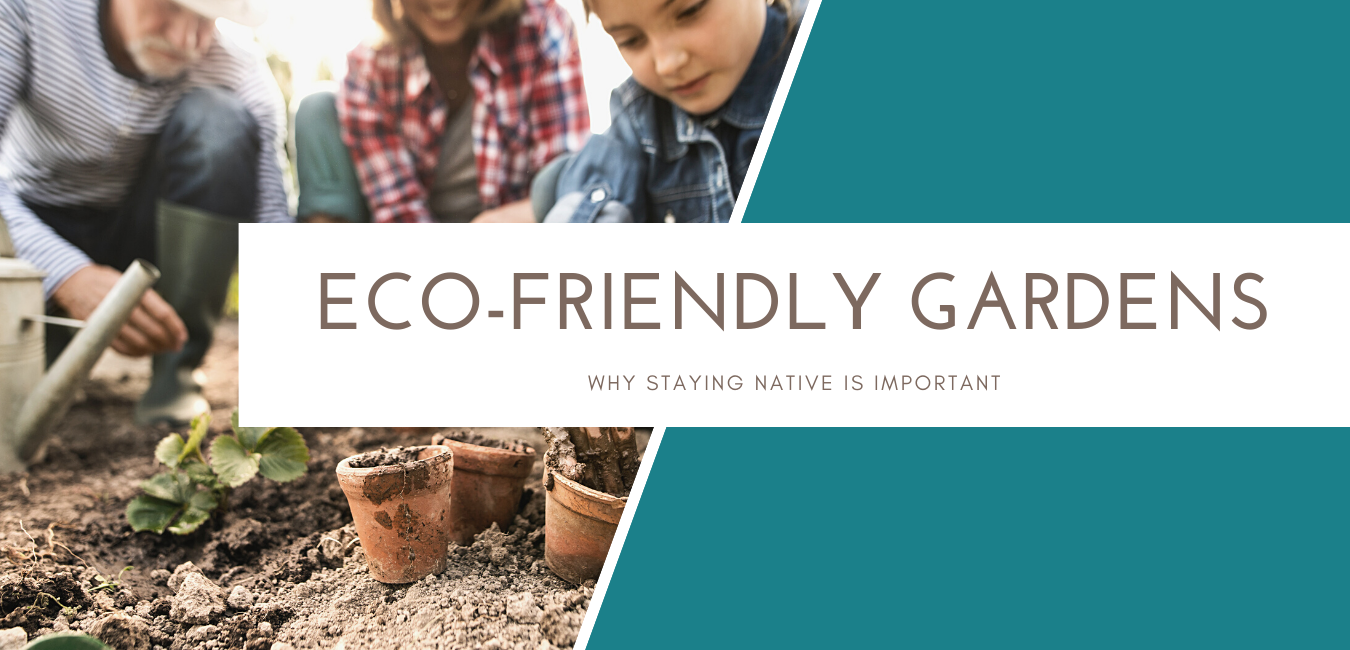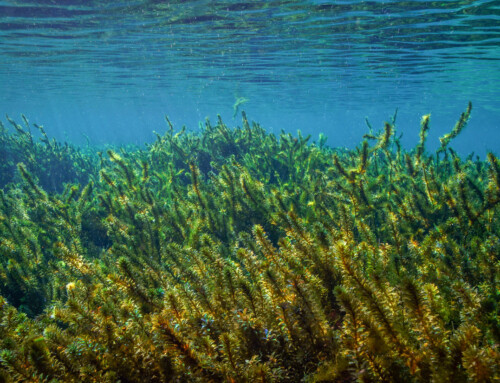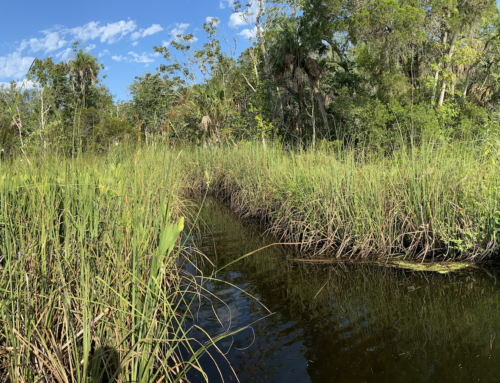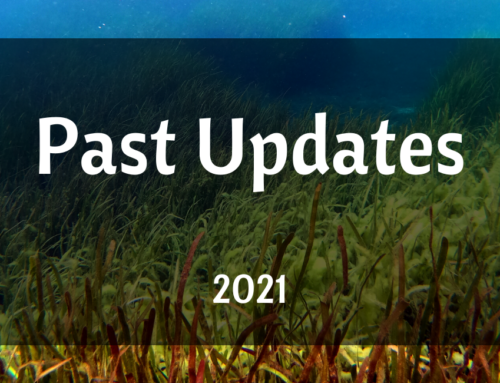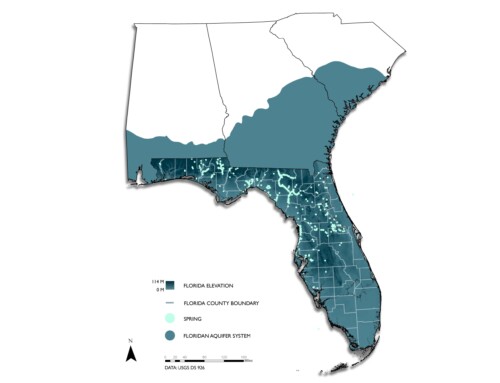Springing into an eco-friendly garden
The Spring season brings with it many joys. One of which, in many cases, is the eagerness to create our own thriving gardens. It’s important, however, to take your natural surroundings and established native ecosystem into consideration when planning your garden. Why is this so important? There are many reasons why sticking to your native habitat is beneficial and eco-friendly.
Saving your wallet
Planning your garden around the plants that already want to grow and thrive will save you money in the long run. Trying to plant and care for vegetation that does not naturally thrive in your environment can not only cost more in the initial purchasing stage but may also deliver a costly blow during maintenance and upkeep of your garden. The upkeep of these plants may also require the use of costly, and harmful, fertilizers and chemicals in order to stay alive.
Environmental impact
It is relatively common knowledge in this day and age that certain fertilizers are not particularly eco-friendly. They can have a negative impact not only on your immediate environmental surroundings but on a larger scope, local springsheds and surrounding waterways. The abundance of fertilizers entering the springshed and, ultimately our lakes and rivers, can cause long-term negative effects including harmful algae blooms. Another side effect of planting non-native vegetation is the potential of introducing or assisting invasive species. Your area’s native ecosystem, often, has a delicately crafted balance. Introducing or adding to a species of plant life that is not within that balance can unknowingly cause long term effects including damaging or suffocating a less aggressive, but instrumental, native species. For example, these 10 invasive plants are causing majors problems in Florida.
A plethora of eco-positivity
According to the U.S. Forest Service, planting native has numerous advantages including a lower need for regular maintenance and watering, nectar, pollen, and seeds that serve as food for native butterflies, insects, birds, and other animals. Planting native plants not only makes the experience easier and more enjoyable for us, it also directly benefits and protects our local environment. That’s what we call eco-friendly gardening!
Knowing what’s native
Planning a native, eco-friendly, garden may take a little more preparation and research, but the good news is there are plenty of resources! In Florida, the University of Florida IFAS Extention Office has plenty of materials available to make your experience as easy and enjoyable as possible. Additionally, the U.S. Forest Service (mentioned above) has a broader range of information on native planting in the United States. Many areas also have local resources available to help us designate the best way to build a native, eco-friendly, garden. Try reaching out to a local branch of U.S. Fish and Wildlife, local government agencies, or perhaps a local gardening club or social media groups to learn more about your specific area!
Remember, our environment is filled with many different types of plant and wildlife that all work together to thrive and grow. Together we can make a difference in restoring, protecting, and maintaining our beautiful eco-system!


